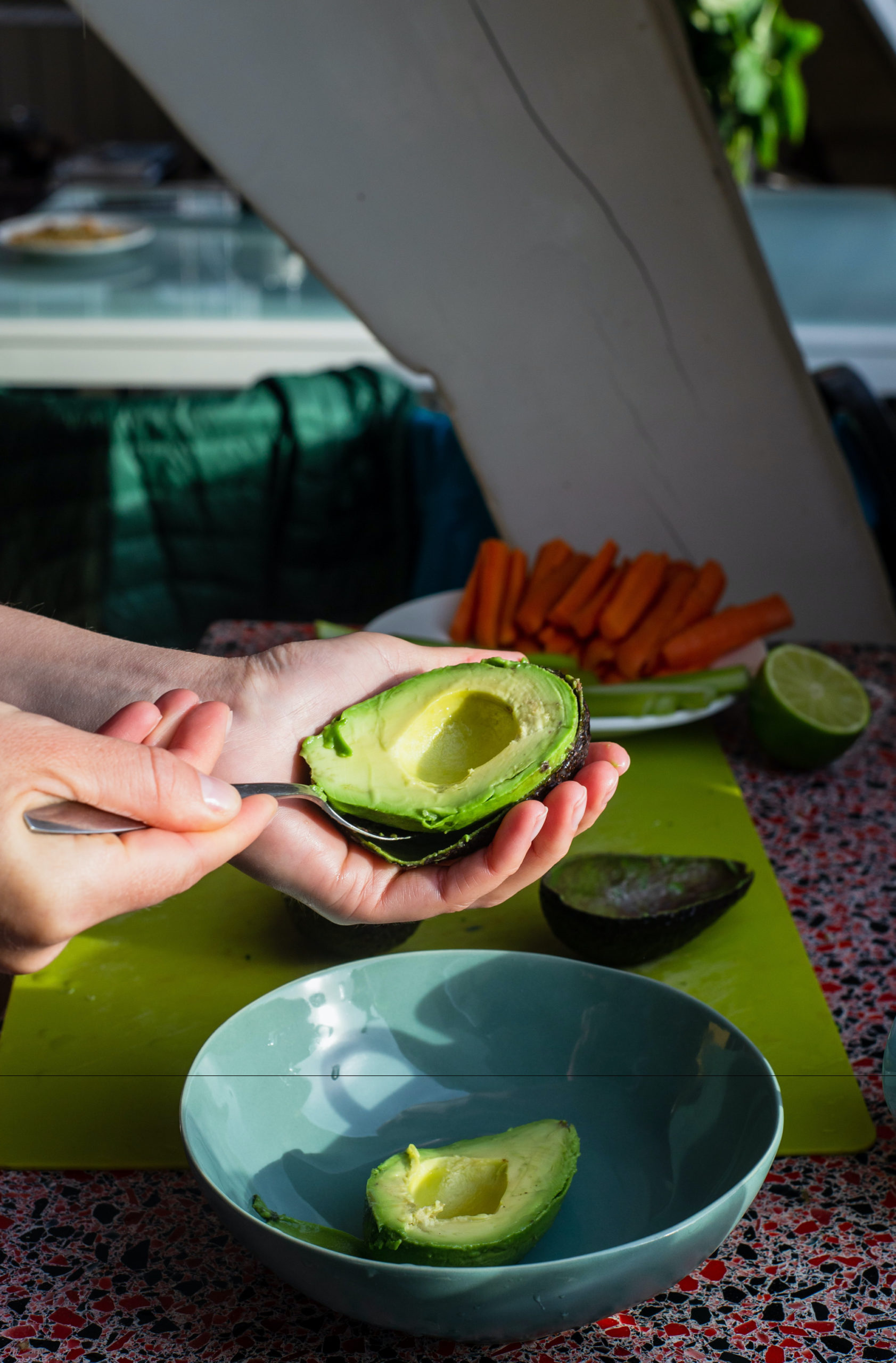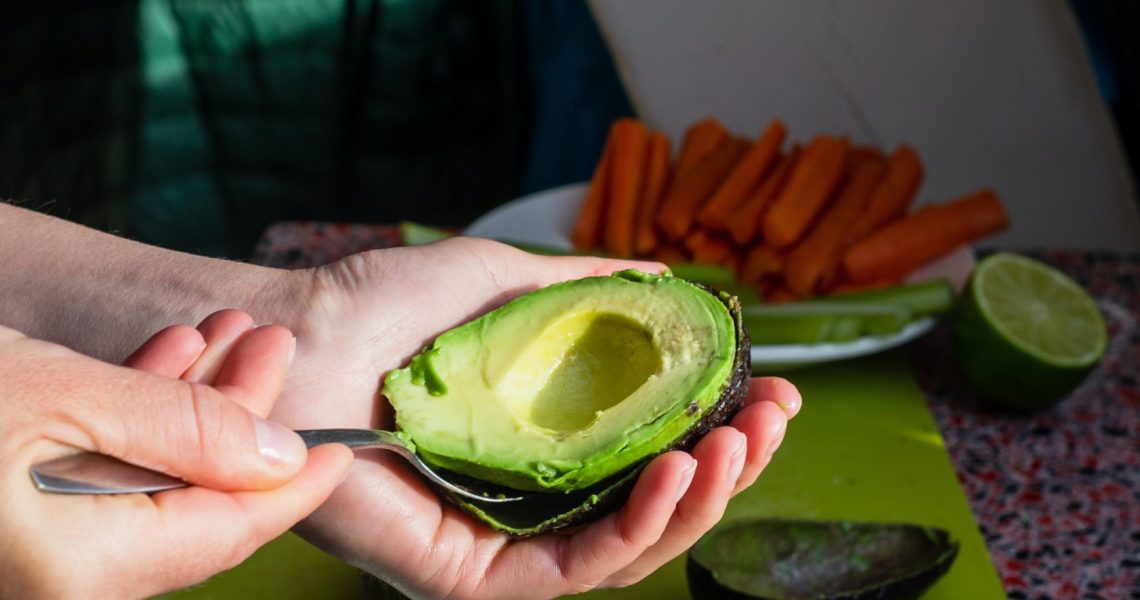Carbohydrates are not quite welcome in a weight watcher’s plate. This is because carbohydrates are usually equated with calories and unwanted body fat. But we can’t completely do without them in our diet. Carbs and sugars provide fuel for our daily activities, it’s just that the extra glucose that you don’t burn gets converted to fat. What we can do instead is to look into low-carb diet options that can help manage your weight concerns. Meal plans and diet options can easily be found online but here are a few easy ones that you can try.
Simply Low-Carb Diet. If you want to keep things really simple, just limit your carbohydrate intake and avoid certain food items. This means filling your plate with greens and protein and staying away from sugary foods or bakery products, grains, and starchy fruits or veggies. Although it requires the avoidance of carbohydrates, this diet doesn’t recommend eliminating carbs in your diet. It simply calls for reduction of carbohydrate intake to manage weight-gain. Suggested carb intake for this diet are as follows:
- 20 to 60 grams of carbohydrates for fast weight loss
- 50 to 100 grams for maintaining a steady pace of weight-loss
- 100 to 150 grams for weight maintenance
Atkins Diet. This low-carb eating plan has four phases. It’s basically calls for a diet that drastically reduces your carb intake and increases consumption of fat and proteins. During Phase 1 daily carb intake is reduced to under 20 grams for a period of 2 weeks. Phase 2 is the balancing phase wherein nuts, low carb veggies, and fruit are slowly added in the diet. Once you get closer to your weight goal you can proceed to Phase 3 where your diet is fine-tuned by adding more carbs in your diet to reduce the pace of weight loss. You can transition to Phase 4 when you achieve your targeted weight. At this pace, you simply have to maintain your weight so you can eat as many healthy carbs as your body needs without gaining back the weight you lost.

Ketogenic Diet or Low-Carb – High-Fat Diet. The Ketogenic or Keto diet calls for avoiding carbohydrates and increasing intake of protein and healthy fats in the diet. Carbohydrates intake is limited to 20-30 grams per day with the end goal of tapping stored fat in the body for energy needs. Variations include a Targeted Ketogenic Diet wherein small amounts of carbs are added during workout periods. Another variation is the Cyclic Ketogenic Diet (CKD) where you can switch to a high-carb diet for 1-2 days each week while going on Keto Diet for most days.


